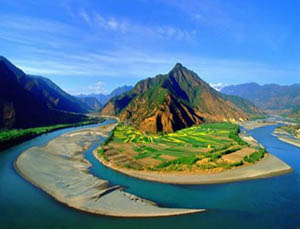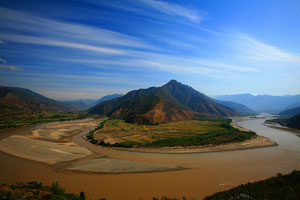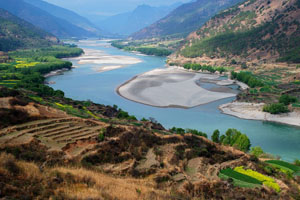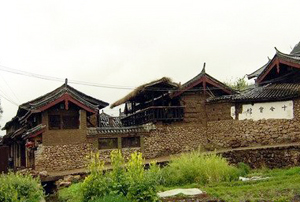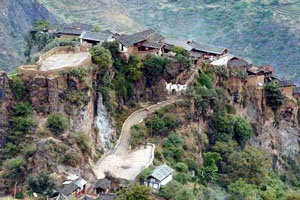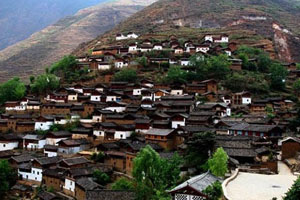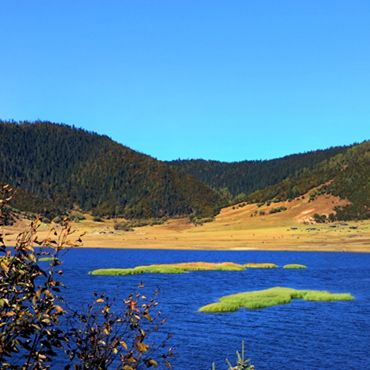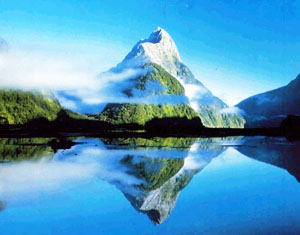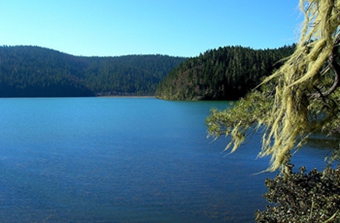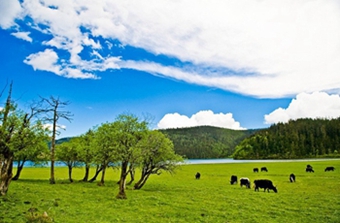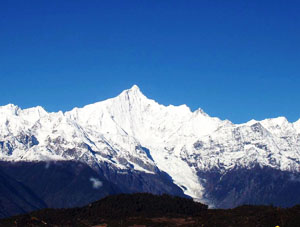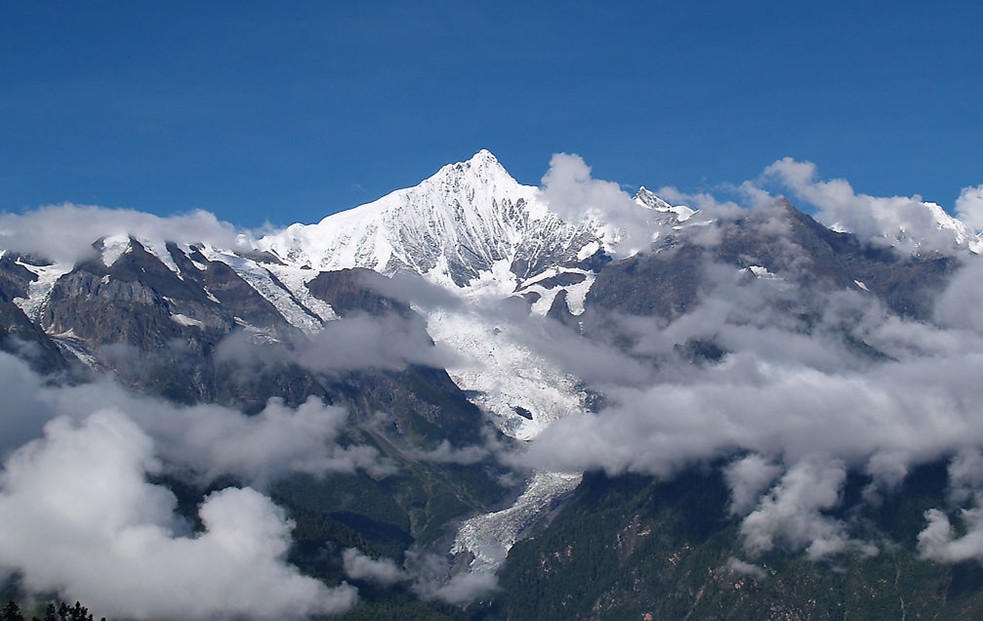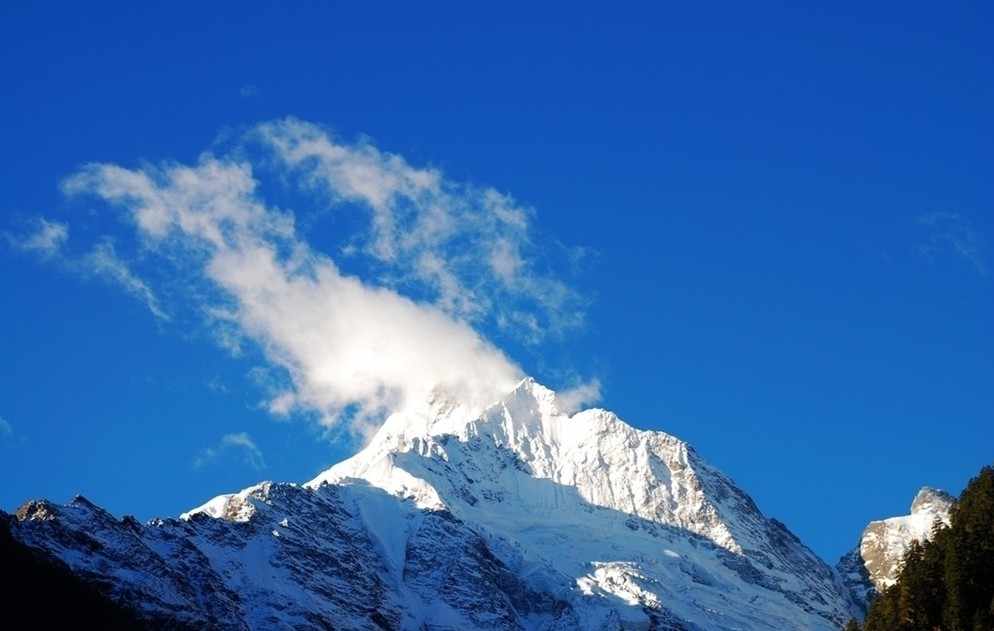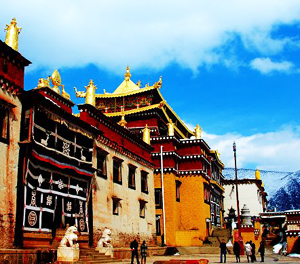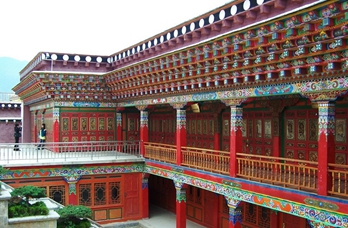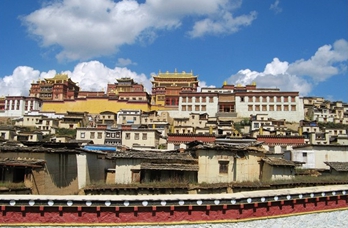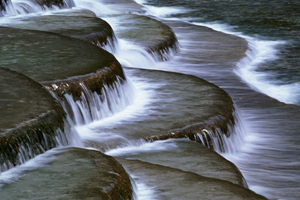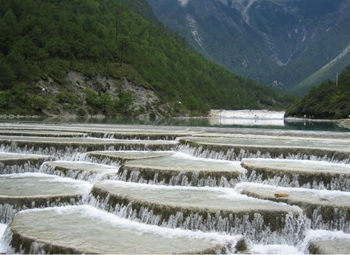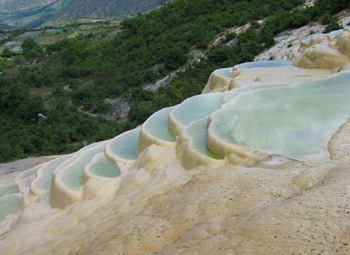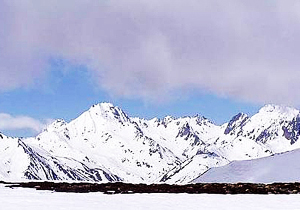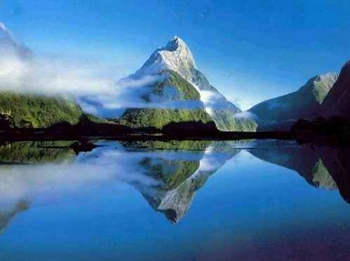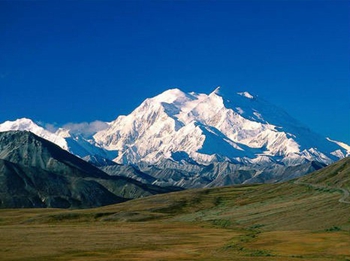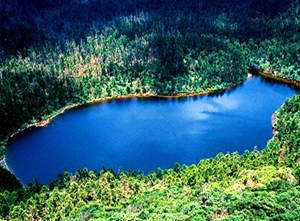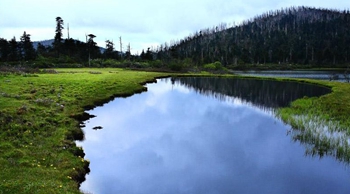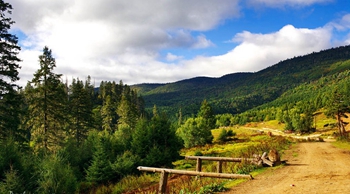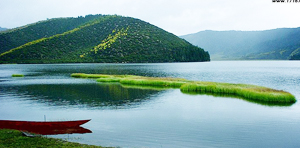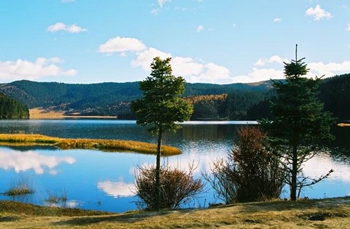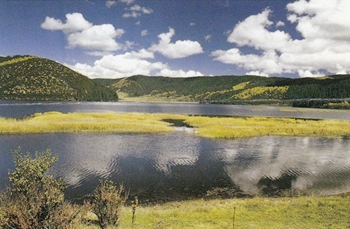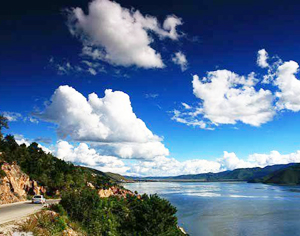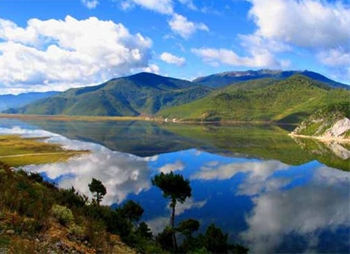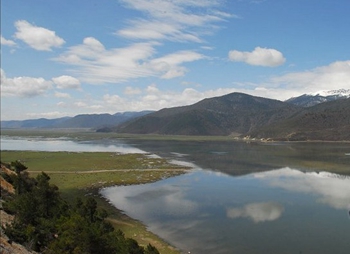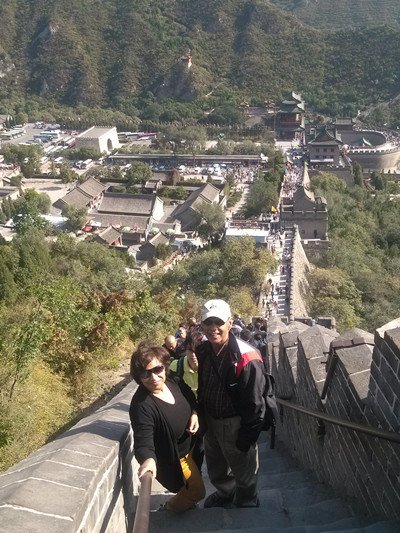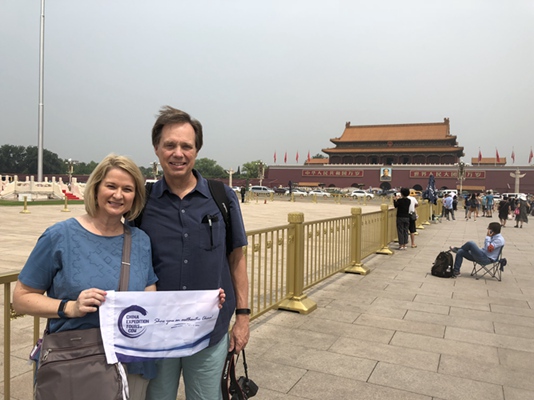Highlights
The Tiger Leaping Gorge is the most precipitous gorge in the vast China with an altitude difference of 3000 meters that is 600 meters more than that of the Grand Canyon.The waterfalls here are amazingly marvelous, the stones here are surprisingly bizarre and landscapes on the cliffs here are spectacularly wonderful, all of which make Tiger Leaping Gorge a good place for adventure, photography and expedition.
Itinerary
On arrival in Kunming you are transferred to your hotel, located right in the middle of town. Then you could head out for an optional dinner. Local specialties are a highlight, with dishes such as ‘across-the-bridge' noodles and other similarly intriguing Yunnanese fare.
Stay overnight in Kunming.
Meals included:
Kunming is a vibrant and bustling city with a flourishing Muslim area, exciting markets, interesting temples and a strong ethnic minority influence. A half-day walking tour takes us to the more interesting parts of the city, including watching the locals practising taichi in the morning, in People’s Square, and meandering through the Flower and Bird Market, where you are free to wander around and make your own discoveries. Departing Kunming, we catch an afternoon bus to Dali.
Stay overnight in Dali.
Meals included: Breakfast
Dali is one of the favourite places for travellers in China. Resting near the banks of Er Hai Lake with the Cang Shan mountain range forming an impressive backdrop, the town’s cobblestone streets, ancient stone houses and laid-back charm make it a wonderful place to relax. Dali is home to the proud Bai people, a traditional minority tribe renowned throughout China for their craftsmanship. There is much to explore in our two free days in Dali. There is a chance to go boating on Er Hai Lake and travel across to the village of Wase, or spend a day catching a chairlift up and hiking in the mountains behind Dali (stopping at the occasional monastery along the way). We can also cycle to nearby villages or just stroll around town. Several small stone hamlets lie close to Dali and make for a highly rewarding half-day trip by bicycle or local bus.
Stay overnight in Dali.
Meals included:
After a free morning in Dali, a spectacular local bus journey through rambling Bai and Yi hamlets, beneath towering mountains and over lush alpine passes, takes us to Lijiang, former capital of the famed Naxi Kingdom. The Old Town is a maze of cobblestone streets, narrow canals and decorative wooden houses, a wonderful place to wander around and imagine being in a bygone era. A walk up to the Wangu Pagoda on Lion Hill offers an impressive view of the rooftops of the Old Town. Our accommodation is located right in the middle of the Old Town and set up like a local Naxi house, but the rooms contain all facilities that one would expect at home! In the evening, you can witness a performance of the local Naxi orchestra (optional), a unique and entertaining musical experience (please check schedules in Lijiang to see if the show is on during your visit). We may need to repack our luggage in preparation for the trek. Extra luggage can be stored in the vehicle, but remember to pack all your valuables to carry into Tiger Leaping Gorge.
Stay overnight in Lijiang.
Meals included:
Enjoy yourself in Lijiang.
Stay overnight in Lijiang.
Meals included: Breakfast
Another breath-taking journey on our private mini-bus takes us past the upper reaches of the Yangtze River to one of the world's deepest gorges and China’s most spectacular natural scenery. Part of the Yangtze River (known here as the Jinsha River) thunders through Tiger Leaping Gorge, which is in turn framed by 5000-metre-high mountains. In the gorge, a sheer cliff face rises from the raging torrents. A memorable walk in the gorge is a wonderful way to take in its awesome beauty, with overnight stays in the local villages such as enchanting Ben Di Wan. The facilities in the village accommodation are extremely basic, as we are visiting a remote area frequented only by adventurous travellers. Please note that this walk is geared towards travellers who like to enjoy some physical activity, but it is not an extreme trek for advanced mountain walkers. The walk can be quite challenging for some people, depending on weather conditions, and good footwear, preferably hiking boots, is essential. It is necessary to bring warm clothing, especially for the evenings, and, in general, for the cooler months. The degree of difficulty on the particular trail that we take will vary greatly, depending on the time of year. Our tour guide may not be able to advise us of the actual trekking itinerary until the last minute.
Meals included:
After completing a morning walk, we reunite with our mini-bus and drive to Shangri-la, a town set on a high plateau with a distinctly Tibetan feel. Home to a range of minority groups from western China, it encapsulates much of the region's fascinating qualities. Yaks are seen grazing on vast alpine plains and the farmhouses are built in a distinctive local style. Due to Shangri-la’s high altitude (3200 metres), it is advisable to bring warm clothing. (Please note that sometimes due to bad road conditions caused by poor weather, it may not be possible to travel to Shangri-la. If that is the case, additional time will be spent in Lijiang.) The highlight of Shangri-la is a visit to the Songzanlin Monastery, restored since the ravages of the Cultural Revolution and once again a place of homage for Tibetan Lamaism. We also visit a Tibetan family and gain an understanding of their unique way of life.
Meals included:
We fly back to Kunming where the tour ends upon arrival at Kunming Airport.
Meals included: Breakfast
Pricing & Accommodation
-
 US Dollar
US Dollar -
 Euro
Euro -
 GB Pound
GB Pound -
 CA Dollar
CA Dollar -
 AU Dollar
AU Dollar -
 HK Dollars
HK Dollars -
 Renminbi
Renminbi
| 1 person | 2-5 persons | 6-9 persons | ≥10 persons | Single Room Supplement | |
| First Class Tour | $5299 | $3599 | $3099 | $2499 | $428 |
| Comfortable Tour | $4729 | $3099 | $2579 | $1999 | $279 |
| Standard Tour | $4428 | $2800 | $2300 | $1700 | $235 |
* Price in every box above is for each person.
* Price is in US dollar. It may vary a little bit according to US dollar exchange rate fluctuation, car fuel price change and government tax adjustment, etc.
* The price is only for your reference and it is subject to seasons, high or low.Please send us your inquiry if you are interested.
Inclusions / Exclusions
Inclusions:
1. Hotel/ local guesthouse accommodation
Room is based on two persons sharing a room with private facilities.
2. Meals specified in the itinerary
3. Private Transport
Private transport between airport or railway station and hotel and all the sights by air-conditioned vehicle.
4. Transportation between Cities
The economic class air tickets of the domestic flight or soft berth/seat train tickets between cities as specified in the itinerary.
5. Entrance tickets
The main entrance tickets for the sights mentioned.
6. Guiding service
Excellent tour Guiding. All normal sightseeing tours in each city with English-speaking guide and admission fees where applicable. Our guide will not fly with you from one city to another. Upon your arrival at each city, a new local guide and driver will pick you up, be with you for local tour and see you off after you finish the itinerary of each city.
7. Insurance
China Life Tourist Accident / Casualty Insurance. We highly recommend that you purchase full coverage travel insurance from you country of origin.
Exclusions:
1. Visa Fees
Charge of obtaining your visa to enter China.
2. Charge of arrival and departure
The international or domestic air / train charge of arrival and departure.
3. Single Room Supplement
Should a twin room is needed by a single guest, supplement of the twin room will be charged.
What is single supplement? - The hotel is based on double occupancy. If the visitor travels alone or the number of the travelers is odd (such as 3, 5, 7...), who stays in one single room has to pay the single room supplement. As the hotel is on double occupancy.
4. Personal Expenses
Expenses of a personal nature such as laundry, drinks, fax, telephone call, optional activities or sightseeing, overweight baggage charges or meals not indicated, ect.
5. Optional Programs
Optional programs which are not specified in the above itinerary.
6. Tips to guides and drivers
Suggested tips: USD12-14 to tour guide per day, USD 8-12 to driver per day, but depending on their service, it's up to you, entirely voluntary.
Important Information
Trip Itinerary Variation
Please note that due to unexpected changes in flight schedules, especially in winter, our program in Yunnan may vary and the itinerary may even run in reverse. Please be prepared for the possibility of these changes taking place.
How to Dress (only for reference):
Comfortable walking shoes
Long, loose and comfortable pants
Shorts for summer months (June – September)
Shirts/T-shirts
Warm clothes (Fleece, Jacket, hat and gloves etc.) for Nov-April
Umbrella or waterproof jacket in a cloudy day or rainy day
Cover for backpack or plastic bags to keep clothes dry in case of rain
What to Bring (only for reference):
Wet wipes / Moist towelettes
Sun hat, Sun block, Sunglasses
Insect Repellent
Bottled Water
Small towel
Camera, film and memory chip, battery
Binoculars

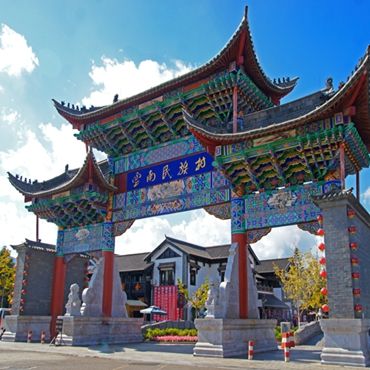
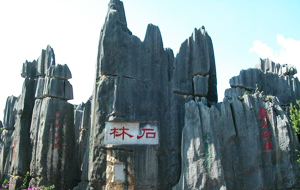
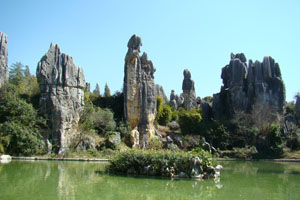
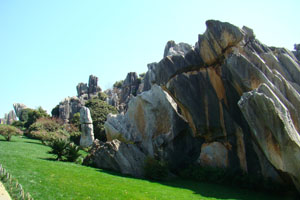
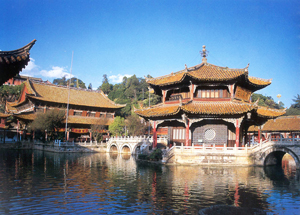
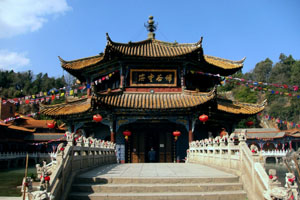
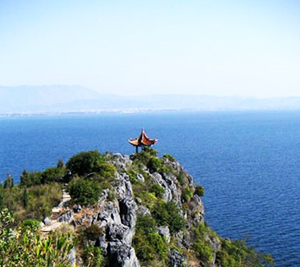
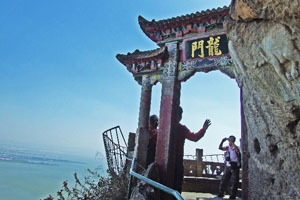
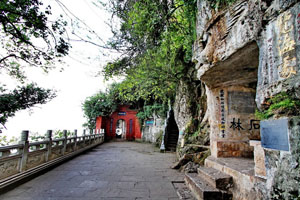
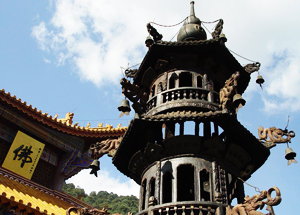
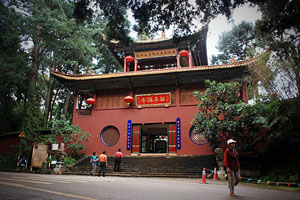
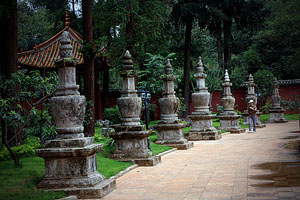
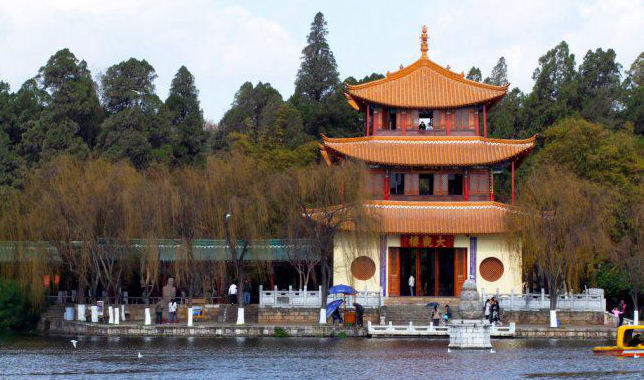
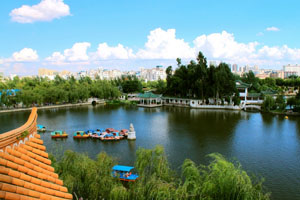
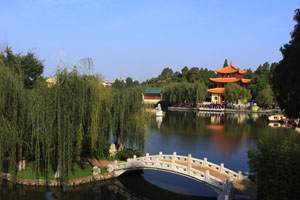
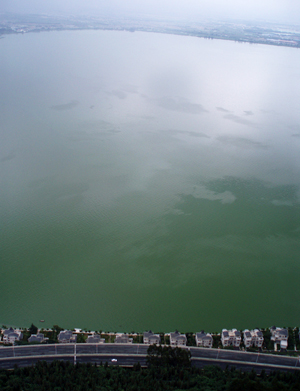
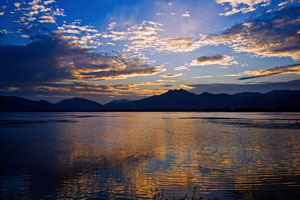

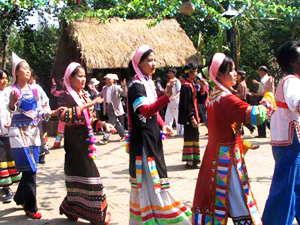
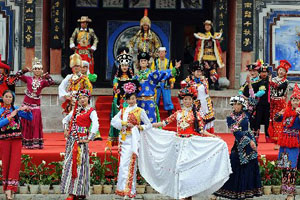
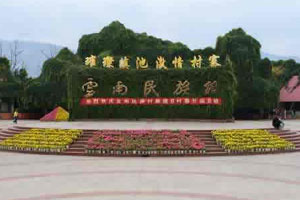
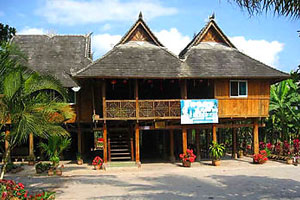
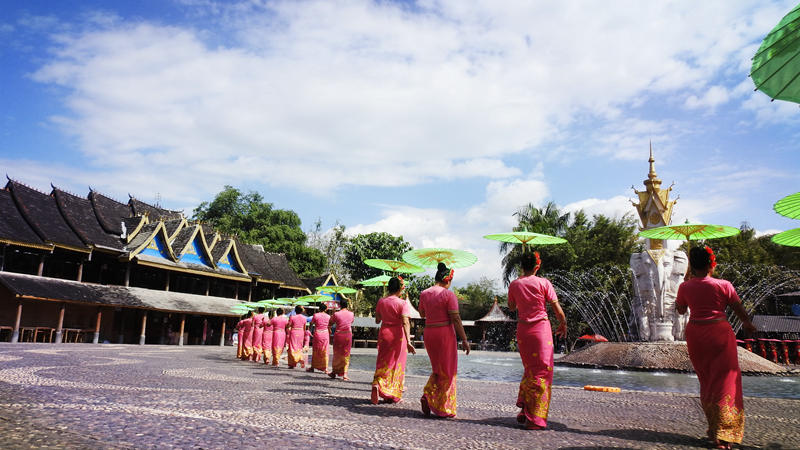
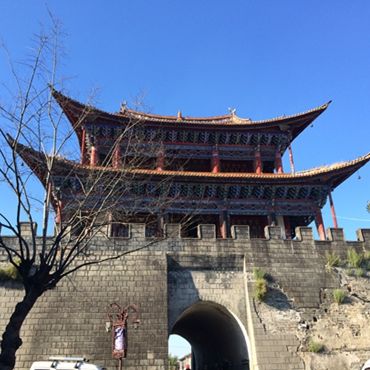
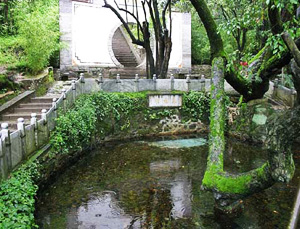

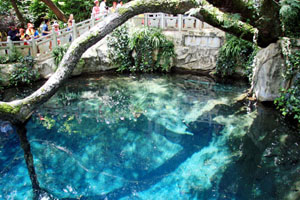
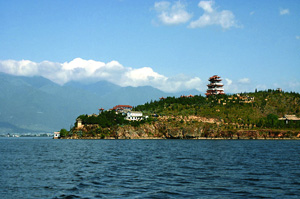
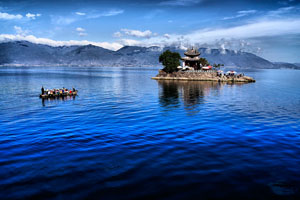
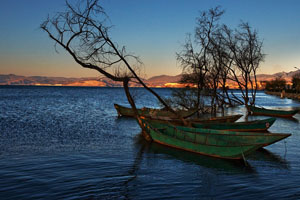
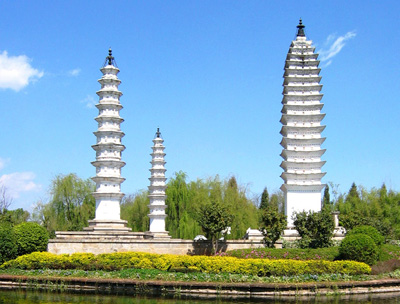
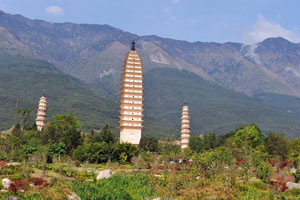
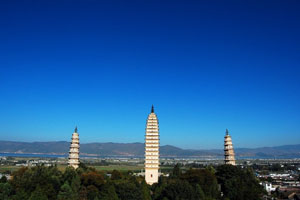
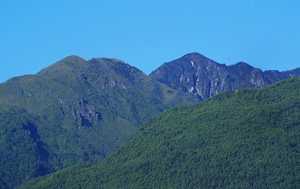
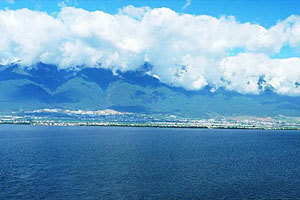
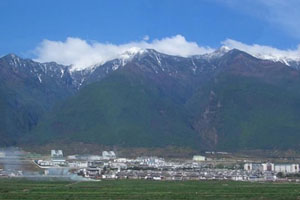
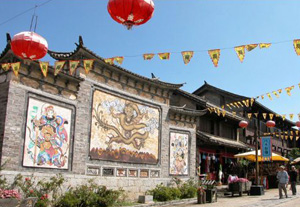
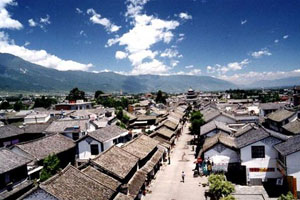
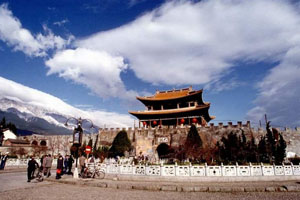
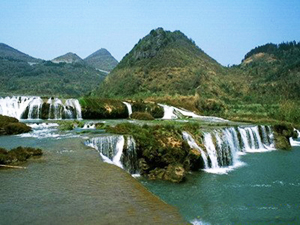
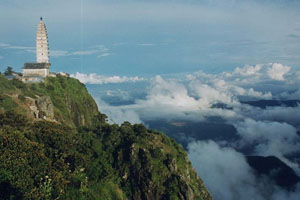
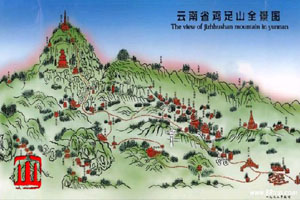
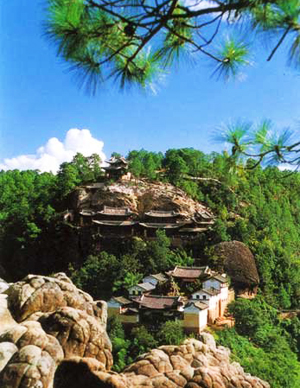
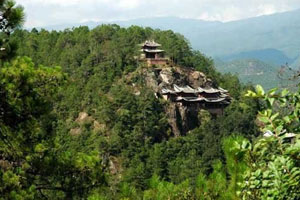
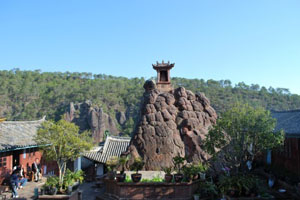
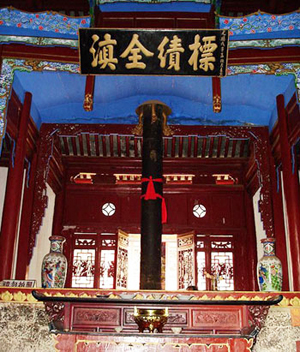
 The Iron Pillar is actually a pillar made of iron in the Tiezhu Temple in Midu County. With a tallness of 3.3 meters, a circumference of 1 meter and weight of 2 tons, the iron pillar, has witnessed 1100 years of changes, is the oldest and famous historic relic in Midu County. The Iron Pillar is said to be cast by using the confiscated weapons at the order of Zhuge Liang, the most brilliant military consular in Three Kingdoms period (220-280).
The Iron Pillar is actually a pillar made of iron in the Tiezhu Temple in Midu County. With a tallness of 3.3 meters, a circumference of 1 meter and weight of 2 tons, the iron pillar, has witnessed 1100 years of changes, is the oldest and famous historic relic in Midu County. The Iron Pillar is said to be cast by using the confiscated weapons at the order of Zhuge Liang, the most brilliant military consular in Three Kingdoms period (220-280).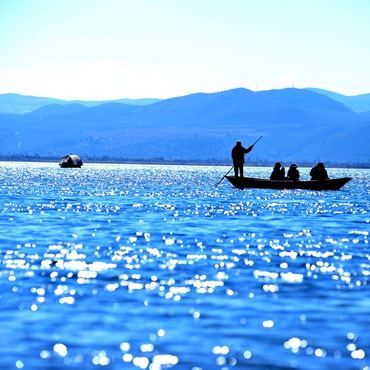
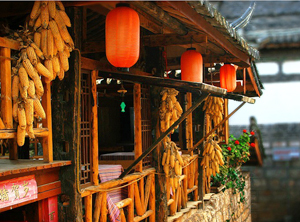
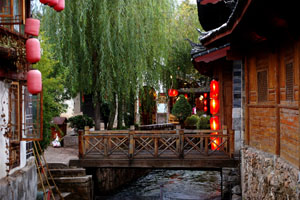
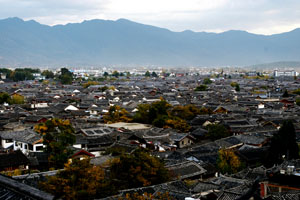
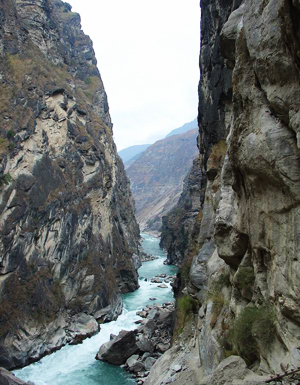
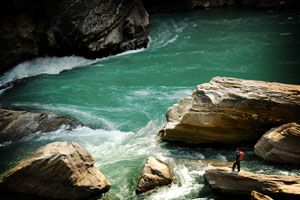
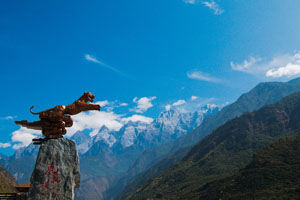
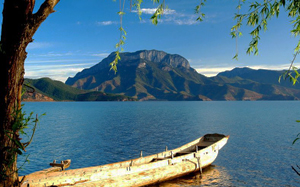
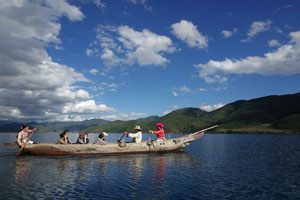
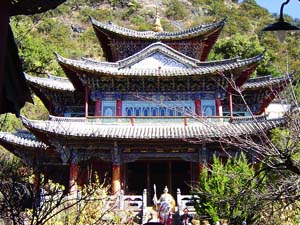
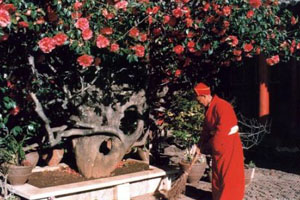
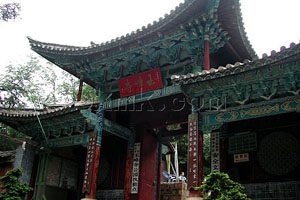
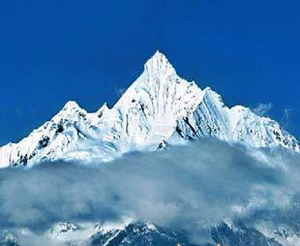
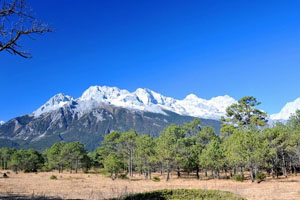
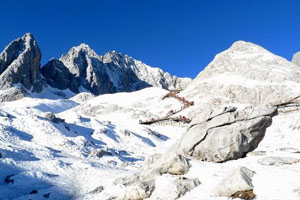
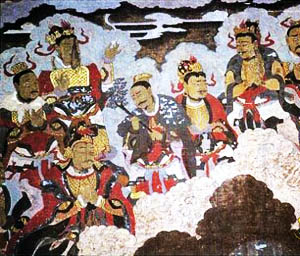
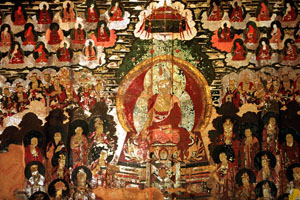 The Baisha Mural is a group of murals scattered around Lijiang City, which took 300 years to complete, therefore it is a reflection of the true life in the late Ming Dynasty and early Qing Dynasty. Having been undergone over 500 years of history, part of the Baisha mural group somewhat becomes indistinct, but a large part of which still can tell you about the culture of Buddhism, Confucianism and Taoism.
The Baisha Mural is a group of murals scattered around Lijiang City, which took 300 years to complete, therefore it is a reflection of the true life in the late Ming Dynasty and early Qing Dynasty. Having been undergone over 500 years of history, part of the Baisha mural group somewhat becomes indistinct, but a large part of which still can tell you about the culture of Buddhism, Confucianism and Taoism.